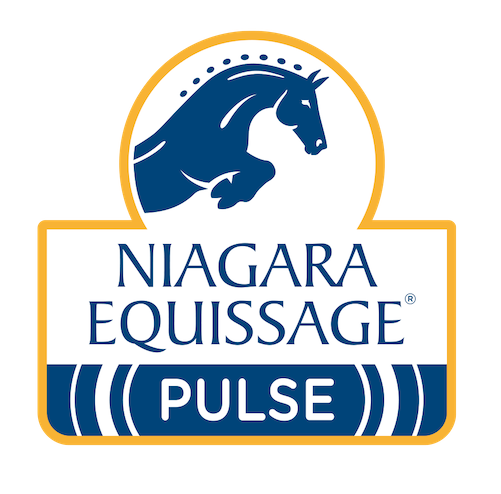Splint In Horses
A ‘true’ splint in horses occurs when the interosseous ligament becomes damaged, leading to soft tissue inflammation and lameness.
Heat, pain and swelling can usually be detected in the area between the splint bone and cannon bone. New bone is laid down in this area as inflammation subsides and eventually forms a hard, non-painful lump. The new bone is what is called a splint and once it has healed does not usually cause any further problems.
Direct external trauma to the splint bone itself, such as the striking of the inside forelimb with the opposite leg, results in what is known as a ‘false splint’. A bony lump forms where there has been bruising and damage to the periosteum covering the bone. Fractures of the splint bone can also lead to the formation of a splint.
Splints in horses occur most typically on the inside of the forelimb and can be caused by;
- Poor conformation
- Mineral imbalance in the diet
- Excessive weight of horse or rider
- Work on hard and uneven going
- Unbalanced hooves
Can Niagara Equissage help with splints in horses?
Yes, definitely.
Although use of Niagara Equissage cannot reverse what is going on it can help to more quickly alleviate the inflammation and swelling thus helping to address the evident pain and heat. Although conventional veterinary treatment comprises of box rest and the giving of pain-relieving drugs, massaging of the affected area is also recommended to help reduce the size of the resulting splint. It is therefore ideal to apply the Niagara Equissage Hand Unit, with the rubber cap on for comfort.
Obviously with any condition that restricts movement other parts of the body can become affected by default e.g additional strain on supporting legs and tightening of muscles. The massaging effect of Niagara Equissage will keep muscular tensions at bay so everything else remains working as it should do; this is particularly important with regard to the muscles of the back. The restricted movement also has negative effects on the lymphatic system which relies on muscular movement in order to function properly. The vibratory massage given by Niagara Equissage activates the muscular contractions necessary for the lymph fluid to travel around the body.
Application
For splints in horses, use the Back Pad on a setting No.3-No.5 in conjunction with localised use of the Hand Unit (for 10 minutes) to address the inflammation and swelling for 20 minutes day. Additional use of the Hand Unit on its own will provide a valuable further therapy to limit the formation (size) of the splint.

Testimonials
See All- Team Fredericks Eventing
Over the past few years our results have been fantastic, with many top wins. This last season has included Olympic Team silver for Australia and winning the World Cup of Eventing for the second time, only 6 weeks after the Olympic Games in China! It’s vital that the horses remain healthy and happy if they are to perform at their best consistently. Two products have proven to be invaluable – AfterAce and Brandes Formula.
- “Niagara Equissage is an important part of our training program. We use it everyday, especially before working both young and old horses. It helps them loosen up and be comfortable and ready to work. It helps our show horses go better, and improves the demeanor of our school horses. The results we get from the Niagara Equissage on our 23 year old horse are fabulous.”
- “We have used our Niagara Equissage for over two years for a wide variety of injuries, and noticed improvement, and in some cases remarkable improvement in our rehab program. In one instance, there was a very dramatic reduction in the healing time of a fused hock. In another, the healing of a splaced tuber coxae, i.e. “dropped hip”, was considerably improved. Horses acclimate quickly to the treatment and appear to enjoy it.”

